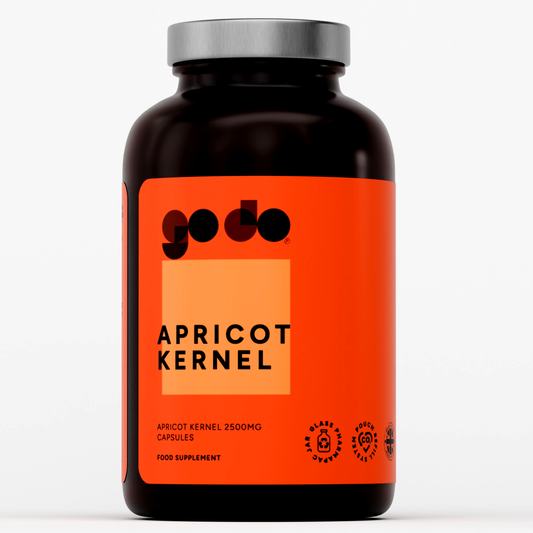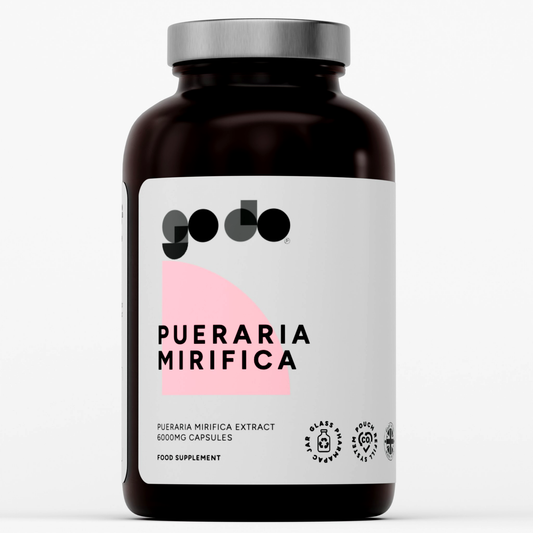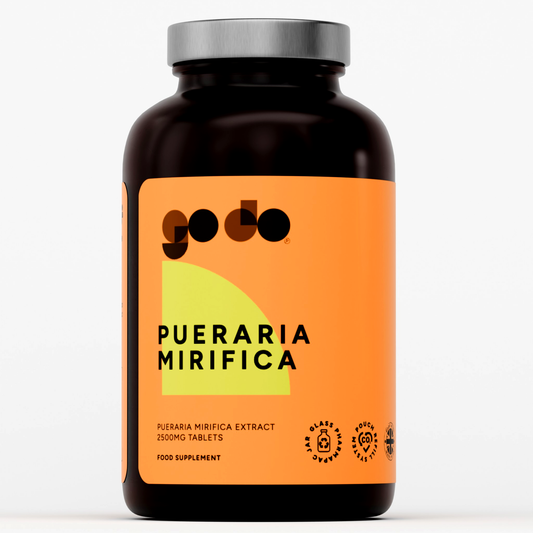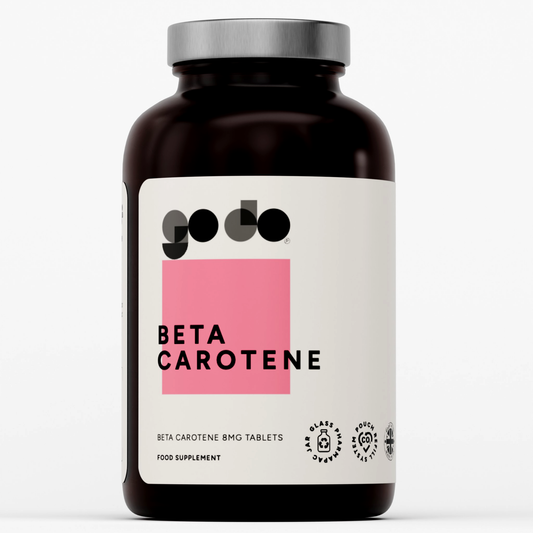
For individuals partaking in contact sports, such as rugby, football, and hockey, having a strong neck is an absolute must. It can mean the difference between getting a stinger in the neck after a head-on-head collision or being carried off the field and into the emergency room. Injuries to the neck are scary, and having a strong neck is a great asset because it will lessen the severity of an injury. Not only this, but making sure that all of the muscles of the upper back (including the neck) get worked regularly helps secure the upper spine and makes the entire shoulder girdle more stable.
Band Flexion of the Neck Neck flexion refers to bending your neck forward so you are looking at the floor. To execute this exercise, maintain a neutral position with respect to your head and then place the band on your head with the other end attached to a pole behind you. Next, move your head forward. Once your chin has made contact with your chest, return to the starting position and repeat as desired. Resistance Band
Extension of the Neck Neck extension refers to moving your head so you are looking at the ceiling. The exercise itself deals with using resistance (in our case, a band) against said motion. Thus, what you would have to do is place a band on your head with the other end attached to a pole in front of you. After having extended the neck fully, you can repeat for more repetitions by returning to the start position in a state of neck flexion.
Resistance Band Lateral Flexion of the Neck Lateral flexion with respect to your neck necessitates moving your head from side-to-side so your ears are touching your shoulders. Place one end of the band on your head and the other on a pole corresponding to the opposite side of your head and contract in opposition to the resistance provided by the band. Rinse and repeat with the opposite set-up.
Bibliography
- Baechle, Thomas R., and Roger W. Earle. NSCA Essentials of Strength Training and Conditioning. 2nd Edition. Champaign, Illinois: Human Kinetics, 2008.
- Kilgore, Lon. Anatomy without a scalpel. Iowa Park, Tex.: Killustrated Books, 2010.








